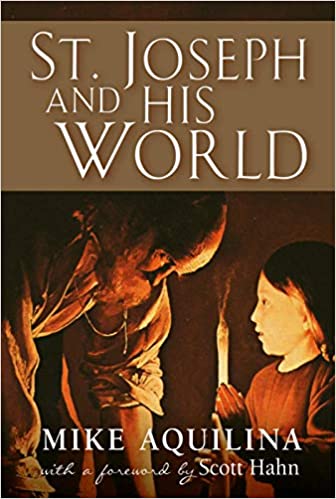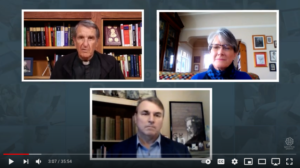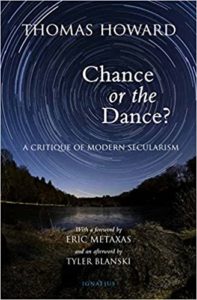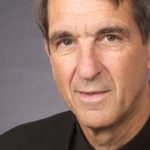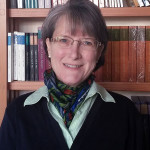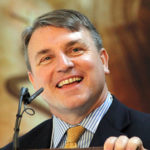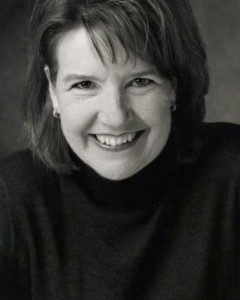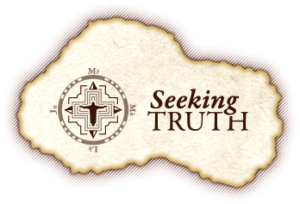Podcast: Play in new window | Download (Duration: 34:13 — 23.7MB) | Embed
Subscribe: Apple Podcasts | Spotify | Amazon Music | Android | Pandora | iHeartRadio | JioSaavn | Podchaser | Gaana | Podcast Index | Email | TuneIn | Deezer | Anghami | RSS | More
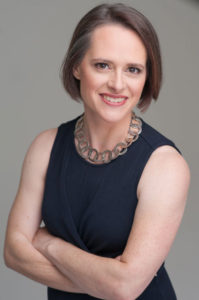 A Short Primer for Unsettled Laymen with Dr. Angela Franks – pt. 1
A Short Primer for Unsettled Laymen with Dr. Angela Franks – pt. 1
With Dr. Angela Franks, we begin our discussion with an understanding of where we are today and why there is a crisis of identity. She will discuss Balthasar’s emphasis on the importance of thinking with the Church and properly understanding Word, Sacrament, and Authority and his warnings concerning the corrosive effects of the “-isms” of our age.
Balthasar: Beauty, Goodness, Truth is a series of conversations with noted theological scholars about the life and teachings of Swiss theologian Hans Urs von Balthasar who is considered to be one of the most important Catholic intellectuals and writers of the twentieth century.
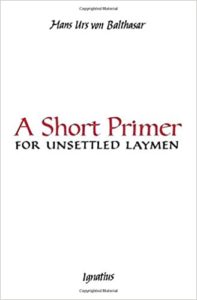 Find the paperback book here
Find the paperback book here
Find the e-book here
From the book description:
Hans Urs von Balthasar addresses the critical issues that have been unsettling the Catholic laity since the Second Vatican Council. In a clear and readable manner, he focuses on the core elements of the faith: the Word of God; the life, death, and resurrection of Christ; the sacraments; the structure of the Church; and Mary.
Speaking plainly about the polarization within the Catholic Church, he also discusses the various ideological trends—such as liberalism, progressivism, and traditionalism—that have undermined the confidence and the unity of the faithful
“In this Primer, Balthasar addresses today’s faithful laity who feel that [the] solidity of the Church is shifting beneath their feet. He speaks to those who fear that the Church has done what she ought not to do: that she is in fact relaxing her demands in order to win favor, not from God, but from man. Into this situation Balthasar re-proposes the’form’ of Jesus Christ as revealed in his Church. This form is ‘only the whole’: the whole, concrete reality of Christ, conveyed within Catholic tradition. This form is ‘spun from three strands’ of Word, sacrament, and ecclesial authority. These three provide the Church with the ability to remain on course despite the winds blowing through history.”
— Angela Franks, Ph.D., From the Foreword
For more podcast episodes with Dr. Angela Franks discussing A Short Primer for Unsettled Laymen – A Short Primer for Unsettled Laymen Podcasts
For Audio and Text Excerpts from A Short Primer for Unsettled Laymen – Audio and Text Excerpts

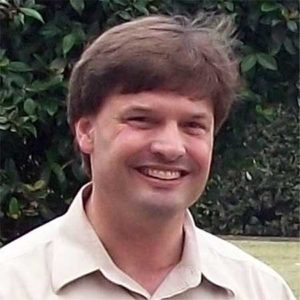
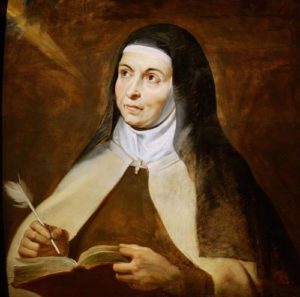 For other audio recordings of various spiritual classics you can visit the
For other audio recordings of various spiritual classics you can visit the 
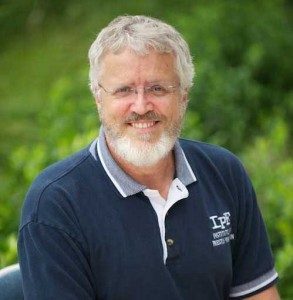
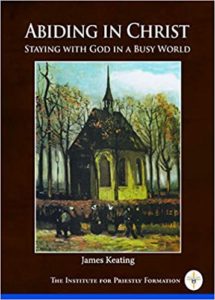
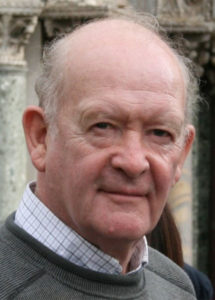
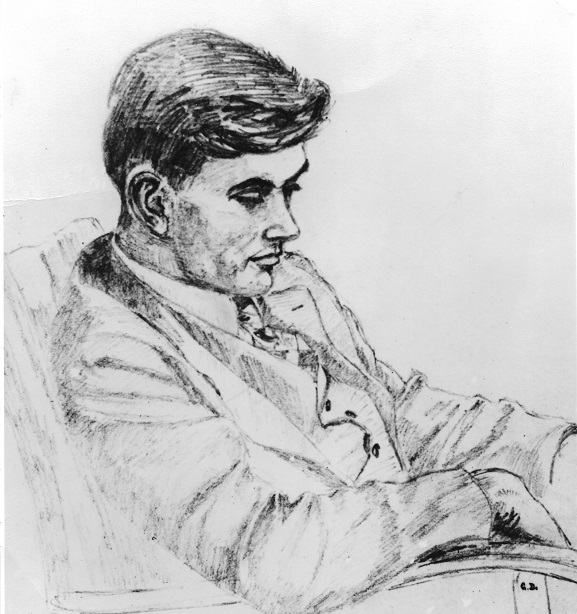
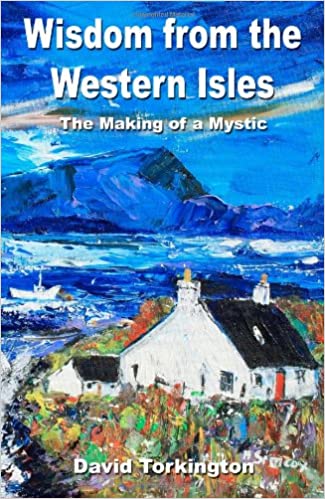
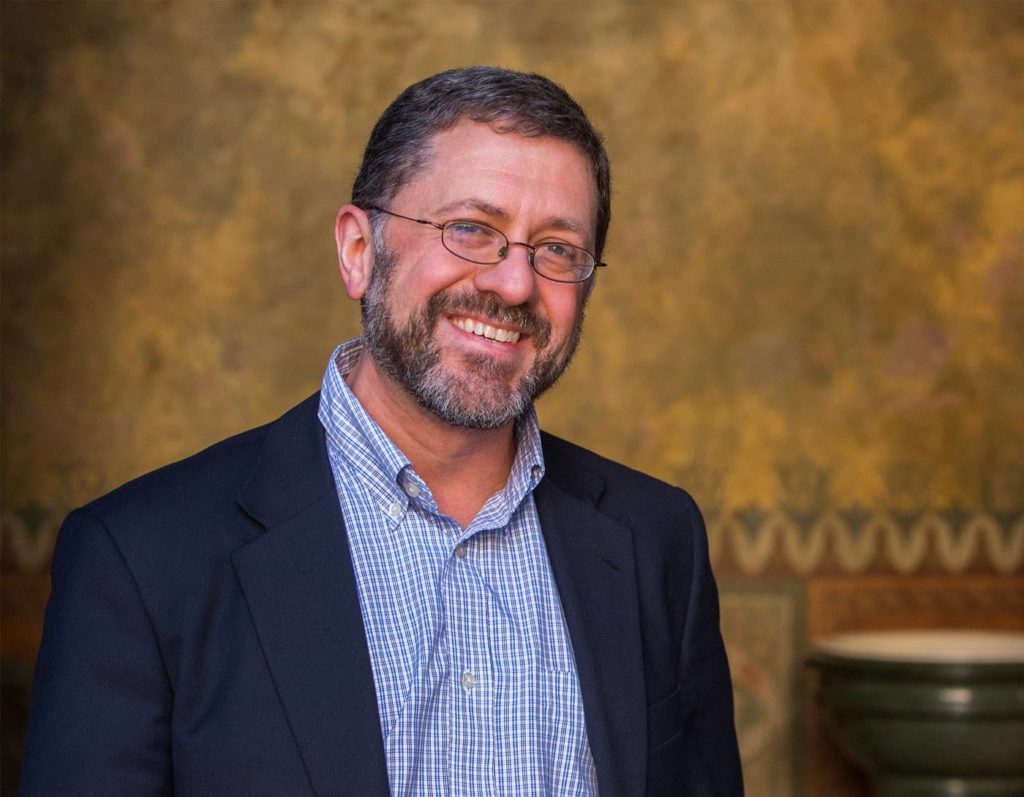 Episode 2 – Joseph and His King – “St. Joseph and His World”
Episode 2 – Joseph and His King – “St. Joseph and His World”